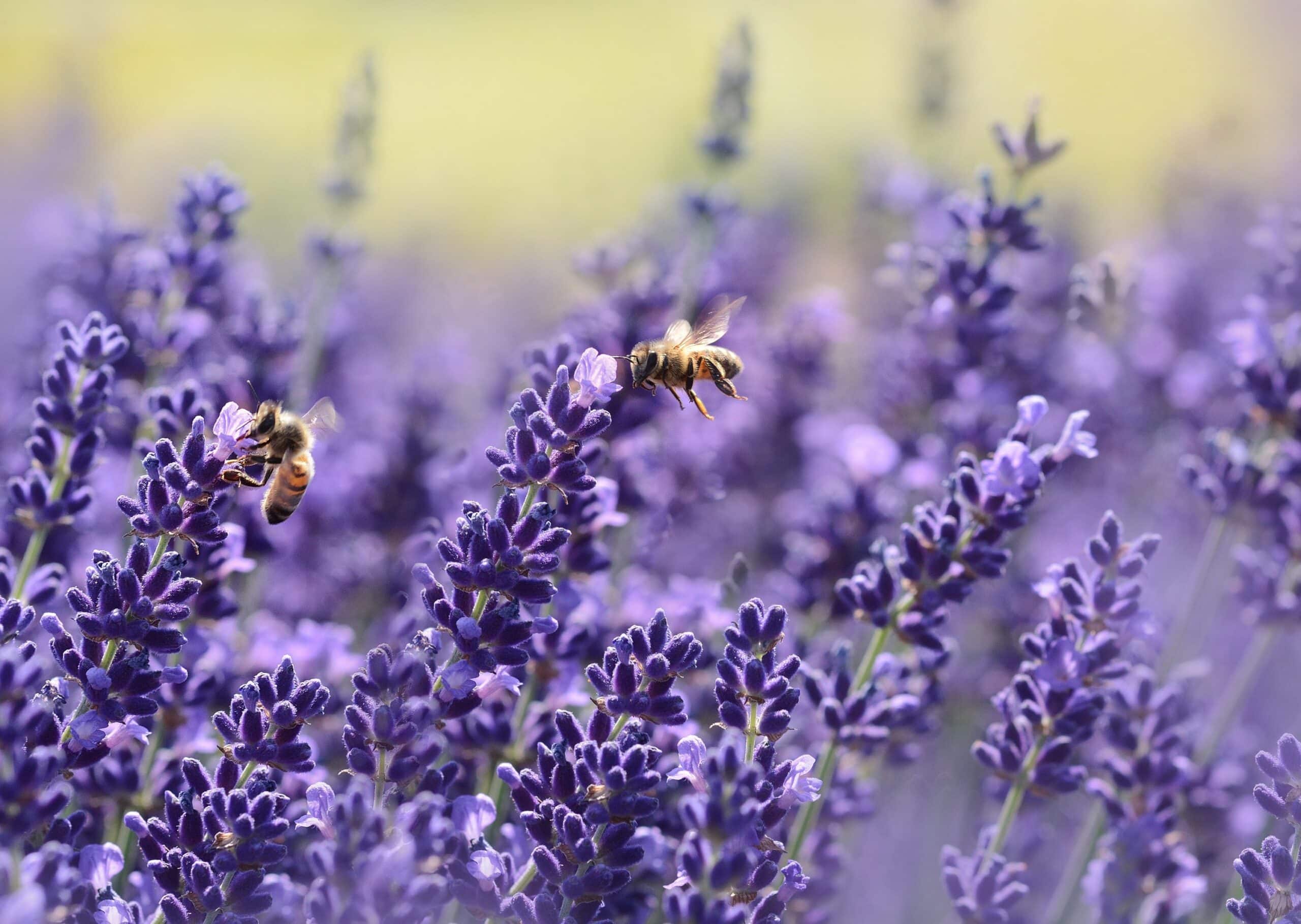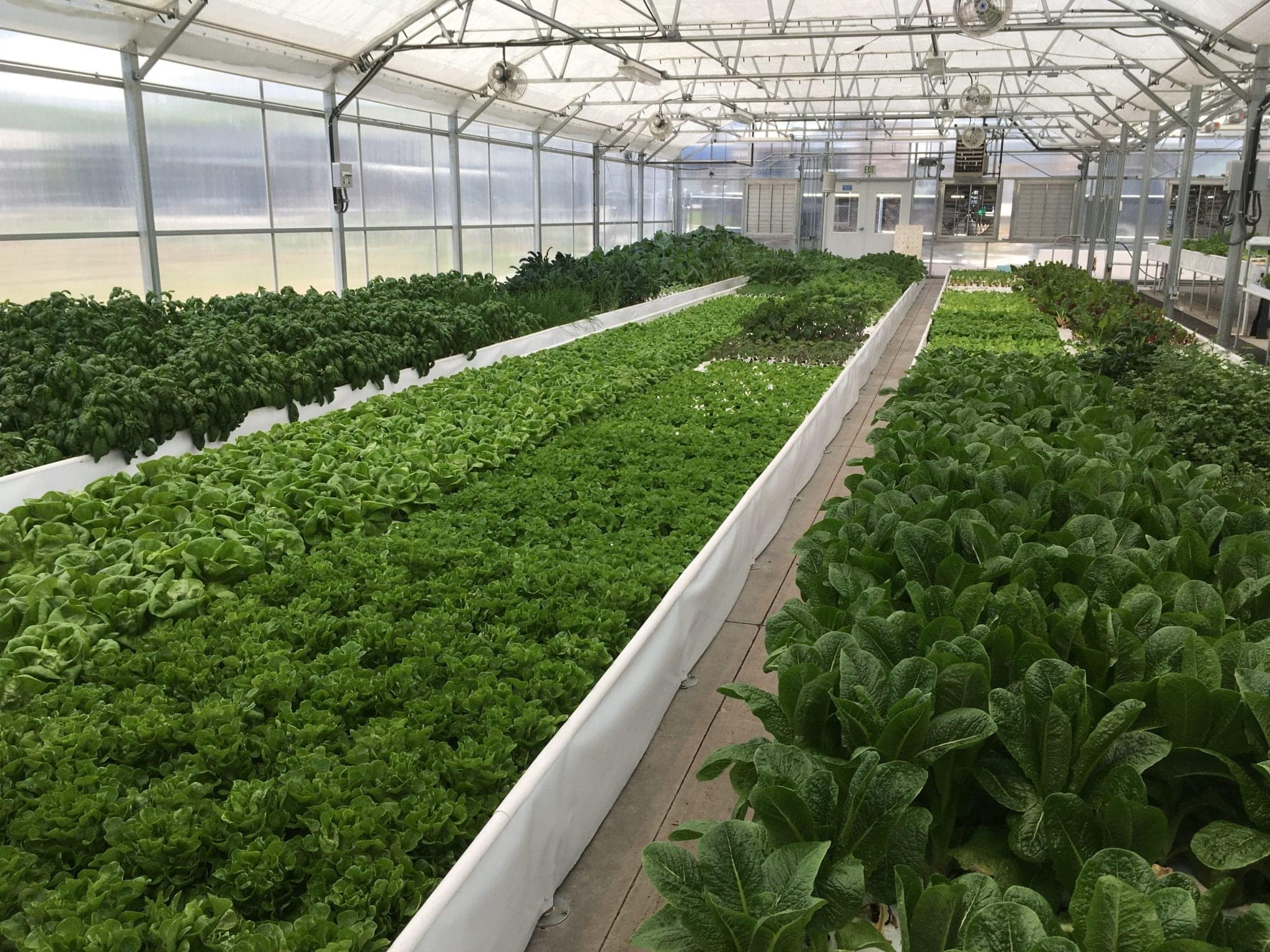Lard has been a staple cooking fat for centuries, but in recent decades it has been vilified and largely replaced by vegetable oils and margarine. However, in recent years there has been a resurgence of interest in lard due to its flavor and versatility, as well as its potential health benefits. In this blog post, we will explore the history, uses, and health benefits of lard.
The History of Lard
Lard is a type of rendered fat made from the fatty tissue of pigs. The practice of rendering fat has been used for centuries as a way to preserve and utilize every part of the animal. The process involves slowly cooking the fat until the solids separate from the liquid, and the liquid can be strained and cooled to form a solid fat.
In many cultures, lard has been a staple cooking fat for centuries. In Europe, lard was commonly used in cooking until the early 20th century, when it was largely replaced by vegetable oils and margarine. In North America, lard was a common cooking fat until the mid-20th century, when it was also largely replaced by vegetable oils.
However, in recent years, there has been a resurgence of interest in lard, particularly in artisanal and home cooking circles. Chefs and home cooks alike are discovering the unique flavor and texture that lard can bring to a dish.
Uses of Lard
Lard is a versatile cooking fat that can be used in a variety of ways. Here are a few examples:
- Baking: Lard can be used in place of butter or shortening in baked goods such as pie crusts, biscuits, and pastries. Lard is particularly well-suited for making flaky, tender pastry crusts.
- Frying: Lard has a high smoke point, which makes it ideal for frying. It can be used for deep-frying, pan-frying, and sautéing. Many people prefer the flavor of lard over other cooking fats for frying.
- Seasoning: Lard can be used as a seasoning for dishes such as beans, stews, and soups. It adds flavor and richness to these dishes, as well as helping to thicken the broth.
- Spreading: Lard can be used as a spread for bread and toast. It has a rich, savory flavor that pairs well with many types of bread.
- Canning: Lard can be used as a sealant for canned foods such as jellies and jams. It forms a barrier that helps to prevent spoilage.
Health Benefits of Lard
Lard has been demonized in recent decades due to its high saturated fat content. However, recent research has shown that lard may not be as unhealthy as once thought, and may even have some health benefits.
- Lard is a good source of vitamin D. Vitamin D is an important nutrient that is necessary for strong bones and teeth, as well as immune function. Lard is one of the few food sources of vitamin D, with a 100-gram serving of lard providing approximately 1,000 IU of vitamin D.
- Lard is high in monounsaturated fats. Monounsaturated fats are a type of healthy fat that has been linked to a lower risk of heart disease and other health problems. Lard is approximately 45% monounsaturated fat, which makes it a healthier choice than many other cooking fats.
- Lard is free of trans fats. Trans fats are a type of unhealthy fat that has been linked to a higher risk of heart disease and other health problems. Lard is free of trans fats, which makes it a healthier choice than many processed foods that contain trans fats.
- Lard may help with weight loss.
While it may seem counterintuitive to suggest that a fat like lard could help with weight loss, there is some evidence to suggest that it may have a positive effect on weight management. This is likely due to the fact that lard is a high-fat, low-carbohydrate food that can help keep you feeling full and satisfied for longer periods of time.
In one study, participants who followed a low-carbohydrate, high-fat diet that included lard as the primary cooking fat lost more weight and saw greater improvements in blood lipid levels than those who followed a low-fat, high-carbohydrate diet. Another study found that adding lard to the diet of rats led to lower body weight and improved insulin sensitivity.
Of course, it’s important to keep in mind that lard is still a high-calorie food, and should be consumed in moderation as part of a balanced diet.
Tips for Cooking with Lard
If you’re interested in incorporating lard into your cooking, there are a few things to keep in mind to ensure that you get the best results:
- Choose high-quality lard. Look for lard that is minimally processed and free of additives or preservatives.
- Use lard in moderation. While lard can be a healthy addition to your diet, it’s still a high-calorie food that should be consumed in moderation.
- Store lard properly. Lard can be stored in the refrigerator for up to six months, or in the freezer for up to a year.
- Experiment with different recipes. Lard can be used in a wide variety of recipes, from baked goods to savory dishes. Don’t be afraid to experiment and try out new recipes to discover the unique flavor and texture that lard can bring to your cooking.
Conclusion
While lard has been demonized in recent decades, there is growing evidence to suggest that it may not be as unhealthy as once thought. Lard is a versatile cooking fat that can be used in a wide variety of dishes, and may even have some potential health benefits. If you’re interested in incorporating lard into your cooking, be sure to choose high-quality lard, use it in moderation, and experiment with different recipes to discover the unique flavor and texture that lard can bring to your cooking.
The best places to get high-quality lard will depend on where you are located. Here are some options for sourcing high-quality lard in different regions:
- Local Butcher Shops: Many local butcher shops will carry high-quality lard, often sourced from local farms. This can be a great option if you are looking for fresh, minimally-processed lard. To find a local butcher shop near you, try searching on Yelp or Google.
- Farmers’ Markets: Many farmers’ markets will have vendors selling lard made from pasture-raised pigs. This can be a great way to support local farmers and get high-quality lard at the same time. To find a farmers’ market near you, try searching on LocalHarvest.org.
- Online Retailers: There are several online retailers that specialize in selling high-quality lard, including Fatworks and US Wellness Meats. These retailers typically offer lard that is minimally processed and free of additives or preservatives.
- Homemade: If you are able to source high-quality pork fat from a local farmer or butcher, you can also try making your own lard at home. This can be a more cost-effective option, and allows you to have complete control over the quality of the lard. There are several tutorials available online that can guide you through the process.
It’s important to keep in mind that not all lard is created equal, and the quality of the lard can vary greatly depending on how it is produced. When shopping for lard, look for lard that is minimally processed and free of additives or preservatives. If possible, try to source lard from pasture-raised pigs, as this can result in a higher-quality product.
Here are the URLs for the online retailers mentioned:
- Fatworks: https://fatworksfoods.com/
- US Wellness Meats: https://grasslandbeef.com/
- LocalHarvest.org: https://www.localharvest.org/
Sources:
- “The History of Lard,” by Rachel Laudan, Zocalo Public Square, September 27, 2016. URL: https://www.zocalopublicsquare.org/2016/09/27/history-lard/ideas/nexus/
- “Pork Lard: The New Health Food?” by Markham Heid, Time, January 13, 2015. URL: https://time.com/3666137/pork-lard-health/
- “Lard: The New Health Food?” by Kris Gunnars, Authority Nutrition, January 26, 2017. URL: https://www.healthline.com/nutrition/lard-is-healthy#section4
- “Composition of animal fats,” by the Food and Agriculture Organization of the United Nations. URL: http://www.fao.org/3/t0540e/T0540E03.htm
- “Effect of dietary supplementation with pork lard on development of obesity in rats,” by J. A. Alves, et al., Genetics and Molecular Research, September 7, 2012. URL: https://pubmed.ncbi.nlm.nih.gov/22948763/
- “A High-Fat, Ketogenic Diet Induces a Unique Metabolic State in Mice,” by Masood W. Khatib, et al., American Journal of Physiology-Endocrinology and Metabolism, May 1, 2007. URL: https://journals.physiology.org/doi/full/10.1152/ajpendo.00453.2006
- “How to Use Lard in Baking,” by Julie R. Thomson, Huffington Post, December 17, 2015. URL: https://www.huffpost.com/entry/how-to-use-lard-in-baking_n_566cfa75e4b0e292150e8e60
- “10 Ways to Use Lard,” by J. Kenji López-Alt, Serious Eats, March 3, 2014. URL: https://www.seriouseats.com/2014/03/lard-for-cooking-frying-baking-10-ways-to-use.html
- “Lard: Cooking with Fat,” by Elaine Johnson, Food Network. URL: https://www.foodnetwork.com/recipes/articles/lard-cooking-with-fat




